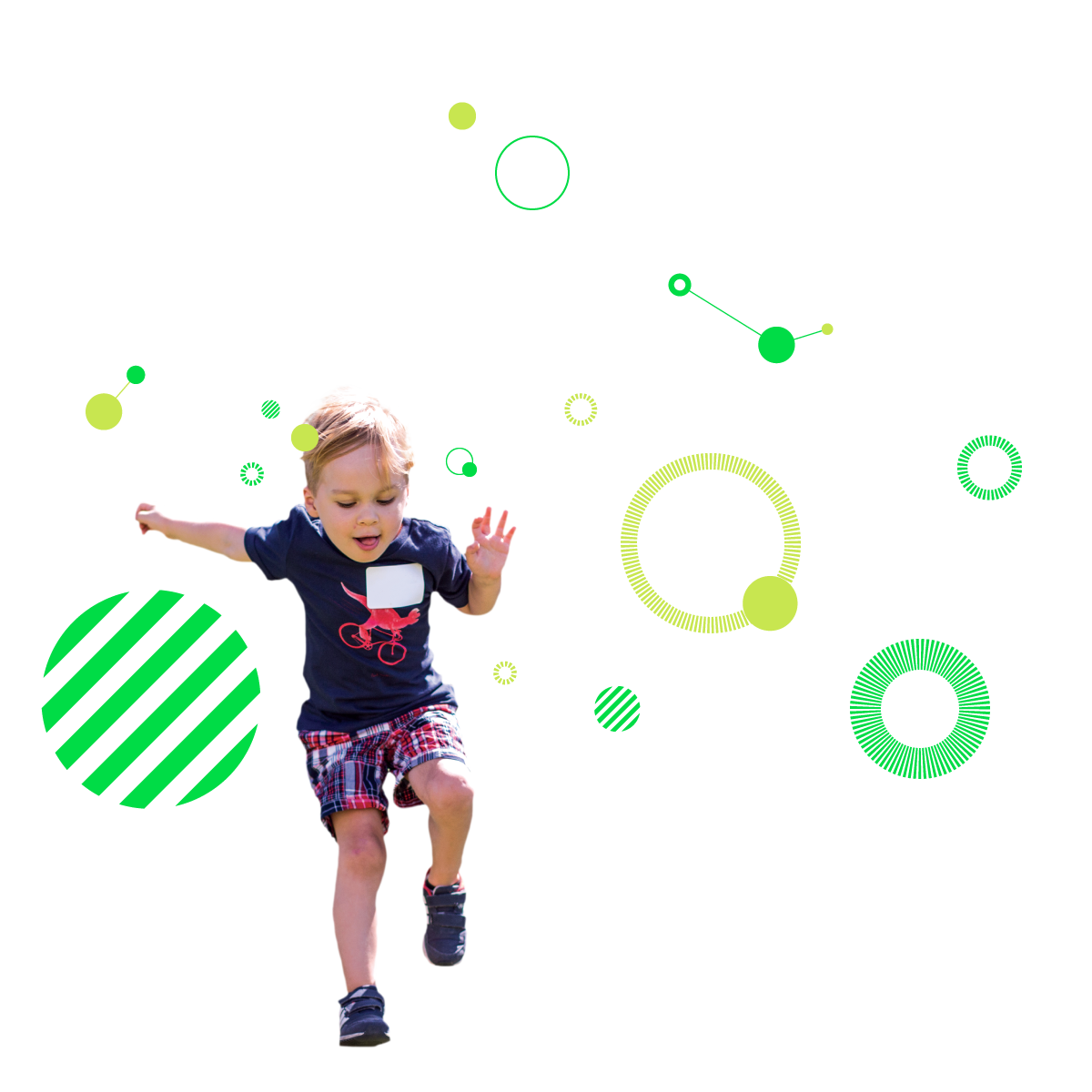
Visitors to our campus often comment on how cheerful and engaged the students at Turning Point appear, and parents have often stated they appreciate that their child wakes up each morning eager to learn. But the type of happiness our students display comes from more than just an easy morning routine; it emanates from a deep sense of satisfaction they feel while at school.
When we think about happiness as a superficial, fluffy concept, we assume it results from ease—an assumption that could not be farther from the truth. Certainly, sometimes it’s enough that our children want to come to school, and that we don’t have to battle each morning to get them ready, and when they come home at the end of the day they seem content. Sometimes it is tempting to not think beyond this sense of ease, especially when our own adult lives are often complicated and busy.
But in fact, happiness is fostered by deep engagement, and engagement manifests itself when a learning environment provides enriching intellectual, social, physical, emotional, and ethical underpinnings. At the center of productive, engaged learning is the phenomenon psychologist Mihaly Csikszentmihalyi has described as “flow.” He says, “The best moments in our lives are not the passive, receptive, relaxing times…The best moments usually occur if a person’s body or mind is stretched to its limits in a voluntary effort to accomplish something difficult and worthwhile.”
This past week I have observed many children in a state of “flow”: Kindergarten students focusing on a game that required them to count to 10 while following the game’s rules; Primary students concentrating on building carefully-balanced towers with blocks; middle school students performing skits in advisory; fifth graders creating their individual “positive equations” for the year; second graders organizing their classroom library with clear categories and systems. Flow happens when we are absorbed in a project or activity which we find deeply rewarding, and which engulfs us in a feeling of egolessness. When we are in these moments of flow, we are truly living in the moment, and nothing else seems to matter.
The value of flow is that it keeps us on our edge of mastery and improves our performance; while in those moments of engagement, we are so engrossed that we need to keep upping our game to stay engaged and feeling pleasure. Scientific research shows that when our brains are in “the zone” of flow, we release chemicals (serotonin, endorphins, and dopamine) that make us feel significant, alleviate anxiety, and motivate us to take action toward our goals, desires, and needs.
During the flow state, our prefrontal cortex (responsible for decision making, time management, and reasoning) is inhibited, making more room for pronounced curiosity and creativity. Dopamine, the main neurotransmitter in the brain’s reward system, is released, making the flow state pleasurable.
Therefore, flow puts us in a positive state of mind that helps us to perform at our best while fostering a desire to persist with our efforts. Our worries and fears dissipate when we are working at our personal best, whether we “win” or not. Csikszentmihalyi emphasized the effort necessary to create happiness; we must commit to realizing happiness and take responsibility for manifesting it.
At Turning Point, students achieve when they connect deep learning to their lives, form positive relationships with teachers and peers, and pursue clearly-stated goals (with positive feedback along the way). Each student defines and pursues achievement in their own way, by finding their “flow” though a unique combination of elements. This is what makes up the “positive equation” for each student at Turning Point School.
As we continue to frame our conversations about education and childhood/adolescent development around these principles, I invite you to think about which elements provide you with moments of “flow,” and when you first felt inspired and encouraged to pursue those moments as passions or guiding forces in your own lives. What’s your positive equation for achievement? I look forward to learning and sharing more with you on this topic in the year to come.
Laura
Dr. Laura Konigsberg
Head of School
lkonigsberg@turningpointschool.org


































